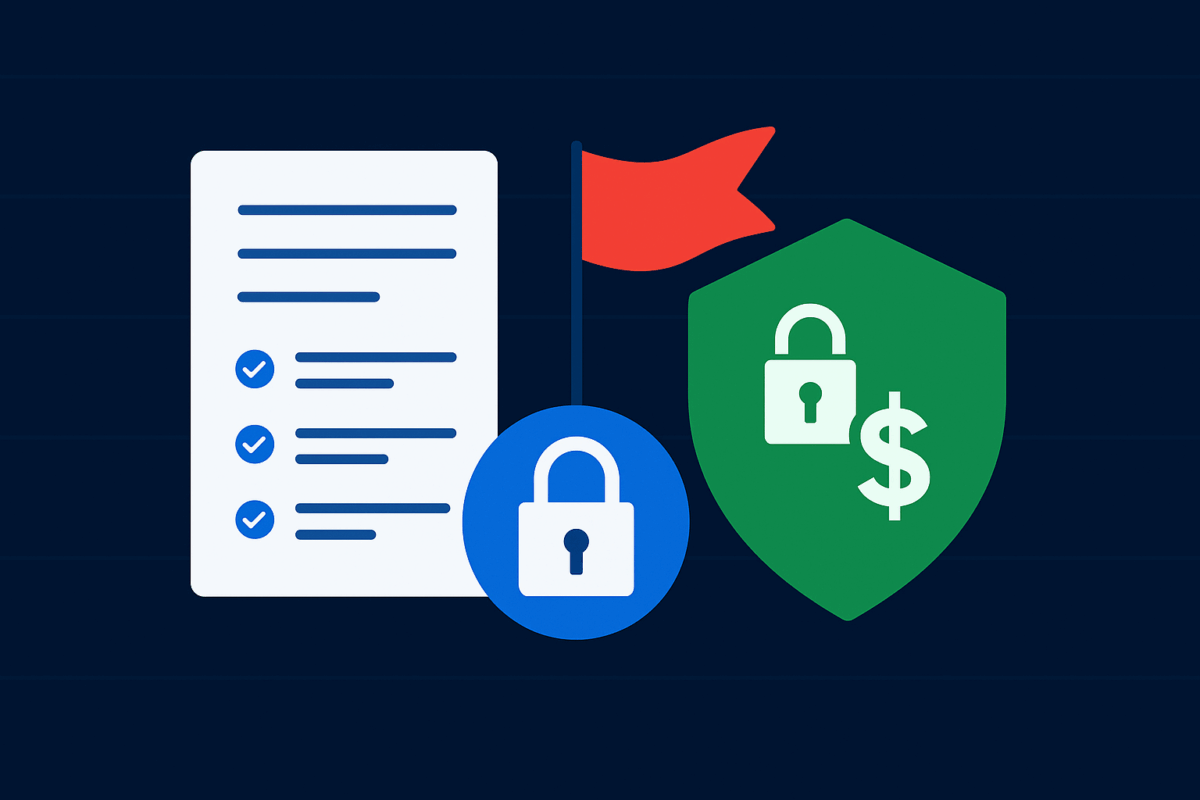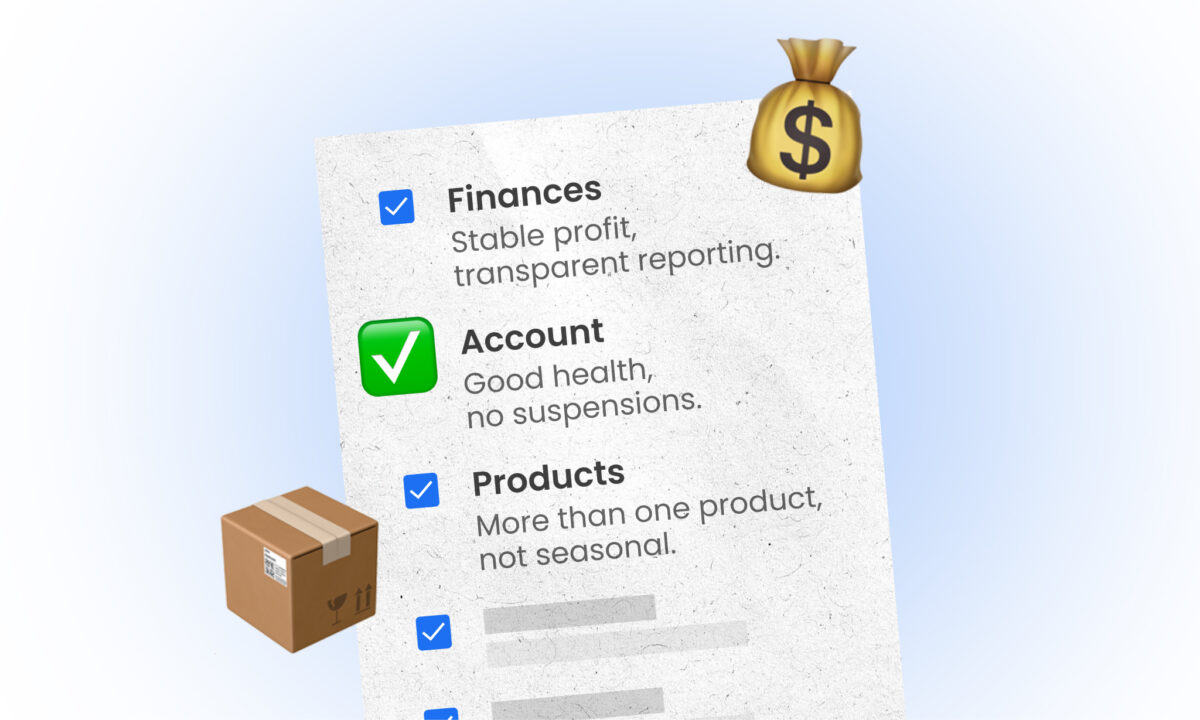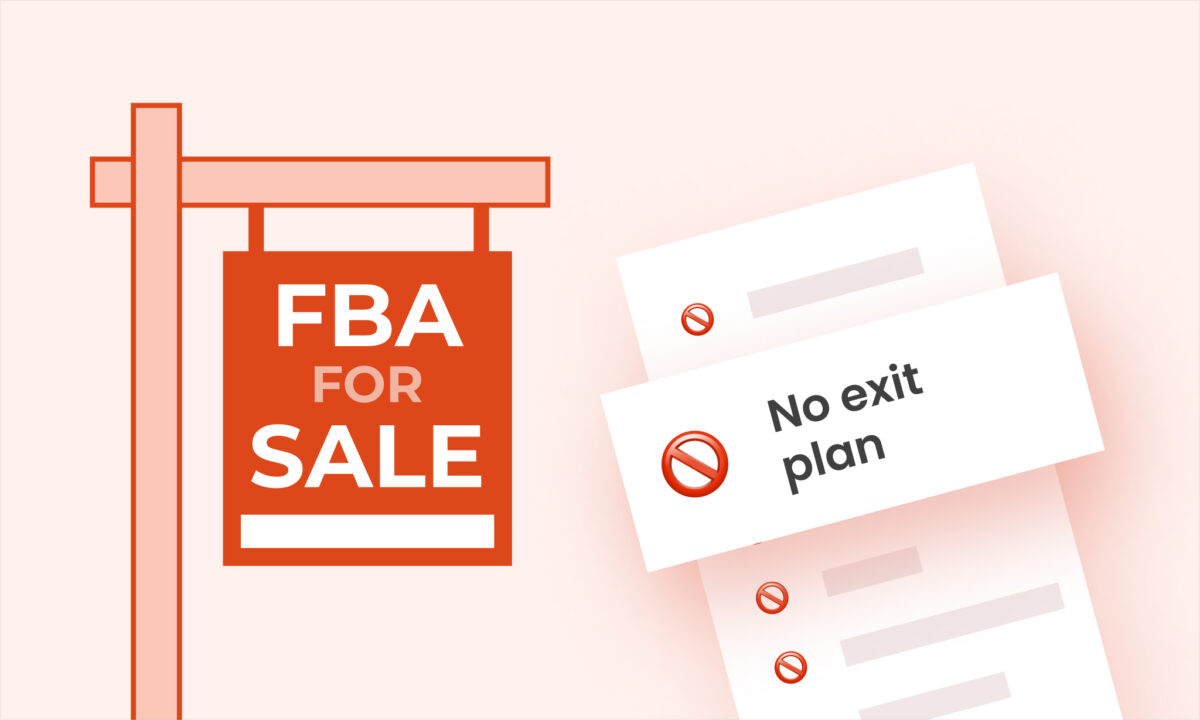Selling an Amazon FBA, FBM, or hybrid store can be an exciting milestone. However, first-time sellers often overlook one critical aspect of the sale process: protecting their sensitive business data. From supplier lists and financial records to proprietary marketing strategies, your Amazon business holds valuable information that could be misused if it falls into the wrong hands. In this guide, we’ll explore common confidentiality risks and offer practical tactics to safeguard your data at every stage of the sale. By taking these precautions, you can attract serious buyers while keeping your business secrets safe.
Understanding the Risks of Exposing Sensitive Information
When you put your Amazon store up for sale, you will inevitably have to share details about your business with potential buyers. It’s important to understand the risks if this information is mishandled or widely exposed:
- Supplier Identities: Your supplier information is a trade secret. If competitors or unscrupulous buyers learn who manufactures your products, they could bypass you and work directly with your supplier, which can undercut your business’s value.
- Financial Records and Performance Data: Detailed financial statements (profit margins, ad spend, conversion rates) are crucial for buyers to evaluate your business. But if these fall into the wrong hands, they might be used to gain a competitive edge or to negotiate a lower price.
- Proprietary Strategies and Analytics: Many Amazon sellers have unique tactics – such as specific product research methods, PPC advertising strategies, or SEO techniques. If a prospective buyer who doesn’t end up purchasing your business walks away with these insights, they could implement them in their own store.
Other risks include exposing sensitive customer data (if you have any, such as emails from a related Shopify store) and alerting employees or competitors that your business is for sale too early.
What Information to Share and When
To protect your business, share information strategically in phases rather than revealing everything upfront. Think of it as peeling back layers of an onion: each stage of the sale process should grant the buyer a bit more information as their commitment deepens:
1. Initial Teaser Stage (Pre-NDA)
- Share high-level details: business model (e.g., “FBA private label store”), niche, age of the business, and basic financial metrics (revenue, profit, growth rate).
- Avoid revealing supplier names, exact product URLs, or other sensitive information.
2. Qualified Buyers with NDA
- Require buyers to sign a Non-Disclosure Agreement (NDA) before sharing detailed information.
- Provide a confidential information packet with detailed financials, sales reports, and product details (but consider anonymizing sensitive details).
- Withhold exact supplier names or trade secrets until later in the process.
3. Late-Stage Due Diligence (After an LOI or Offer)
- Once a buyer has submitted an offer or signed a Letter of Intent (LOI), allow them to verify everything.
- Disclose supplier contracts, customer data, and other sensitive details only at this stage.
- Keep records of what you share and with whom.
Redacting and Limiting Sensitive Details
Even when sharing documents, you don’t have to show everything. Use redaction techniques to protect sensitive data:
- Anonymize Names: List suppliers as “Supplier A, Supplier B” instead of their full names.
- Mask Account Details: Cover account numbers, API keys, or login information.
- Summarize Instead of Providing Full Lists: Share total customer count or average order value rather than a full customer list.
- Delay Sharing of Critical Data: Keep trade secrets, brand registry access, and supplier contacts hidden until close.
Best Practices for Secure File Sharing and Account Access
- Use Secure File-Sharing Methods: Avoid emailing attachments. Use secure cloud storage (Google Drive, Dropbox) with “View Only” access and password protection.
- Leverage Virtual Data Rooms (VDRs): For multiple interested buyers, VDRs track who accesses each document.
- Limit Account Access: Don’t share your Amazon Seller Central login. If necessary, provide access via screen-sharing or create a limited-permission user account.
- Keep a Record of Shared Data: Maintain a list of what documents were shared, when, and with whom.
Using Platforms with Built-In Protections (e.g. exit.io)
One of the easiest ways for new sellers to protect their data is to use a reputable platform like exit.io. On exit.io, buyers must sign an NDA before accessing sensitive details of your listing. Interested buyers can request access to confidential information, which you can approve or deny. This ensures:
- Only serious buyers who agree to confidentiality see your data.
- Your most sensitive details are not exposed without your control.
- You maintain a clear record of who viewed your data.
Using such a platform simplifies data protection for first-time sellers and adds an extra layer of security.
Conclusion: Stay Vigilant and Leverage NDAs
Selling your Amazon store doesn’t have to mean exposing all your trade secrets. By understanding the risks and following these protective steps – from phased information sharing and redaction to secure file handling and using trusted platforms like exit.io – you can confidently navigate the sale process. Always err on the side of caution: it’s better to have a serious buyer complain that you’re too guarded with data than to regret giving away something valuable to the wrong person.
exit.io is a platform that connects buyers and sellers of Amazon businesses. This article is for informational purposes only and does not constitute financial or business advice.








